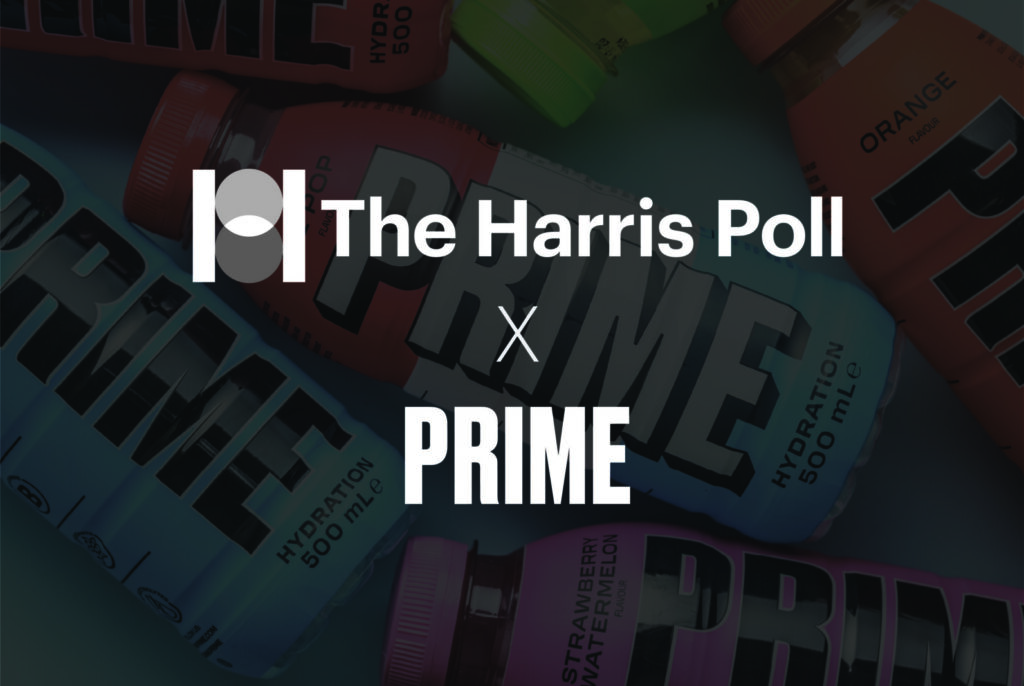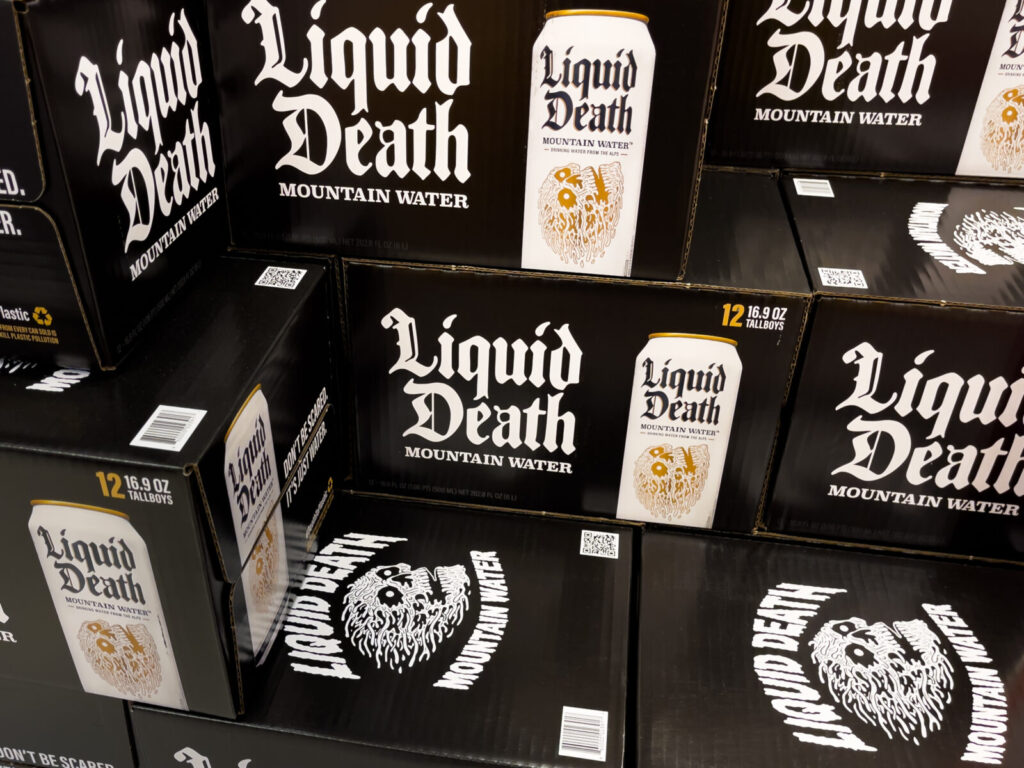Brief • 2 min Read

A recent study by the Harris Poll on behalf of Yahoo Finance found that Americans are very optimistic about the availability of the COVID vaccine with 82% expecting a dose will be available to them this year. In fact, three in five Americans expect things to return to normal for them this year.
Even with several companies slated to distribute vaccines this year, Americans do not appear too picky about from which company they get their vaccine. Just under half (46%) say they don’t care which company they get the vaccine from.
For those who do care which company made their vaccine, Pfizer-BioNTech (20%) and Moderna (15%) were the top choices. This is unsurprising given these vaccines were the first to market, and given their approval processes were heavily covered during the end of 2020.
About half the country is ready to be vaccinated. Forty-four percent of Americans who have yet to be vaccinated plan to get vaccinated as soon as possible once a vaccine is available to them.
However, one in four Americans (27%) plan to wait at least one month before getting vaccinated, and another 16% don’t plan to get a vaccine at all. Caution and suspicion are the primary reasons for those planning to delay. Those who plan to wait are concerned about side effects (60%), want to see if there are unexpected long-term effects (54%), and aren’t sure if the vaccine actually works (32%).
In addition, younger Americans are more hesitant to get a vaccine when it becomes available to them. Compared to 58% of those over age 55, only 26% of Americans ages 18-34 plan to get the vaccine as soon as possible when it becomes available to them. Twenty-three percent of young Americans don’t plan to get vaccinated at all.
Americans of color are also slower to embrace the vaccine. Compared to 50% of White Americans that have yet to get vaccinated, only 22% of African Americans and 36% of Hispanic Americans plan to be vaccinated as soon as possible once a vaccine is available to them.
Hesitant African Americans are most worried about the side effects (63%) and unexpected long-term effects (51%). Hesitant Hispanic Americans are also concerned about side effects (61%) and unexpected long-term effects (54%), but they are also unconvinced that the vaccine actually works (52%).
To truly understand Americans’ intentions regarding the vaccine, though, it may be worth looking at Americans to whom the vaccine has already been made available.
When asked how soon they planned to get a vaccine, 62% of Americans who don’t have access to the vaccine but plan to be vaccinated said that they plan to be vaccinated as soon as possible. However, only 12% of those with access to the vaccine but yet to be vaccinated said they were in the process of trying to get vaccinated as soon as possible.
In fact, half of those who already have access to the vaccine (47%) don’t plan to get vaccinated at all, and another quarter (24%) are unsure of when they plan to get the vaccine.
Moreover, this group’s split on when normalcy will return may show that a vaccine alone will not fix everything. Given the vaccine’s current rollout, about a quarter (29%) of this group expects things to return to normal for them within a year (compared to 63% of those who plan to be vaccinated but do not have access to the vaccine yet).
Perhaps surprisingly, another quarter (27%) of those who already have access to the vaccine claim things are already back to normal for them — even though they have yet to take the vaccine.
However, another quarter (25%) are more pessimistic, saying things will never return to normal for them. Although just 4% of those who plan to be vaccinated but do not have access to the vaccine yet feel the same, it’s possible those with access right now are indicating this number will increase as more Americans get access to the COVID vaccine.
Methodology
This survey was conducted online within the United States by The Harris Poll on January 15-19, 2020, among 1,029 U.S. adults ages 18 and older. This online survey is not based on a probability sample and therefore no estimate of theoretical sampling error can be calculated. Figures for age, sex, race/ethnicity, education, region and household income were weighted where necessary to bring them into line with their actual proportions in the population. Propensity score weighting was used to adjust for respondents’ propensity to be online. For more information on methodology, please contact Dami Rosanwo.
Subscribe for more Insights
Subscribe to our newsletter for the latest trends in business, politics, culture, and more.
Download the Data
Get the full data tabs for this survey conducted online within the United States by The Harris Poll on behalf of Yahoo Finance between January 15-19, 2020, among 1,029 U.S. adults ages 18 and older.
Download
Subscribe for more Insights
Subscribe to our newsletter for the latest trends in business, politics, culture, and more.
Download the Data
Get the full data tabs for this survey conducted online within the United States by The Harris Poll on behalf of Yahoo Finance between January 15-19, 2020, among 1,029 U.S. adults ages 18 and older.
DownloadRelated Content








